Vimar 03826 Manual
Vimar
Alarmsystem
03826
| Mærke: | Vimar |
| Kategori: | Alarmsystem |
| Model: | 03826 |
Har du brug for hjælp?
Hvis du har brug for hjælp til Vimar 03826 stil et spørgsmål nedenfor, og andre brugere vil svare dig
Alarmsystem Vimar Manualer
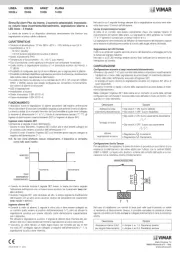
6 Juli 2025
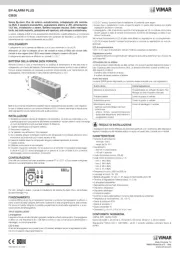
6 Juli 2025
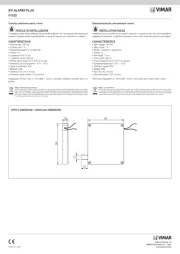
26 Juni 2025
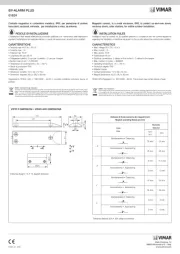
26 Juni 2025
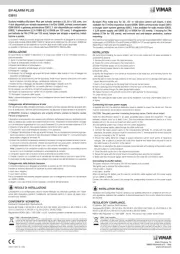
2 April 2025
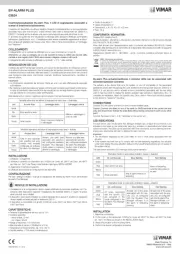
2 April 2025
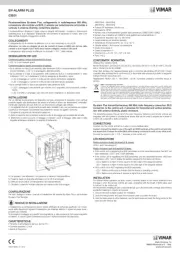
2 April 2025
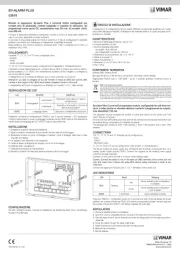
2 April 2025
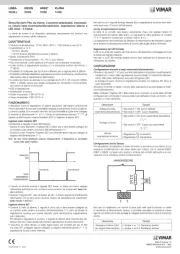
15 December 2024
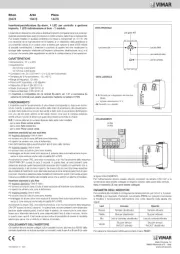
15 December 2024
Alarmsystem Manualer
- Eminent
- Switel
- RCF
- Atlantis Land
- AMC
- Clas Ohlson
- Hikvision
- Greisinger
- Honeywell
- Smartwares
- Cordes
- Brandson
- Evolveo
- Optex
- Brennenstuhl
Nyeste Alarmsystem Manualer

6 Januar 2026

5 Januar 2026

15 December 2025

11 December 2025

10 December 2025

1 December 2025

30 November 2025

30 November 2025

29 November 2025

29 November 2025
